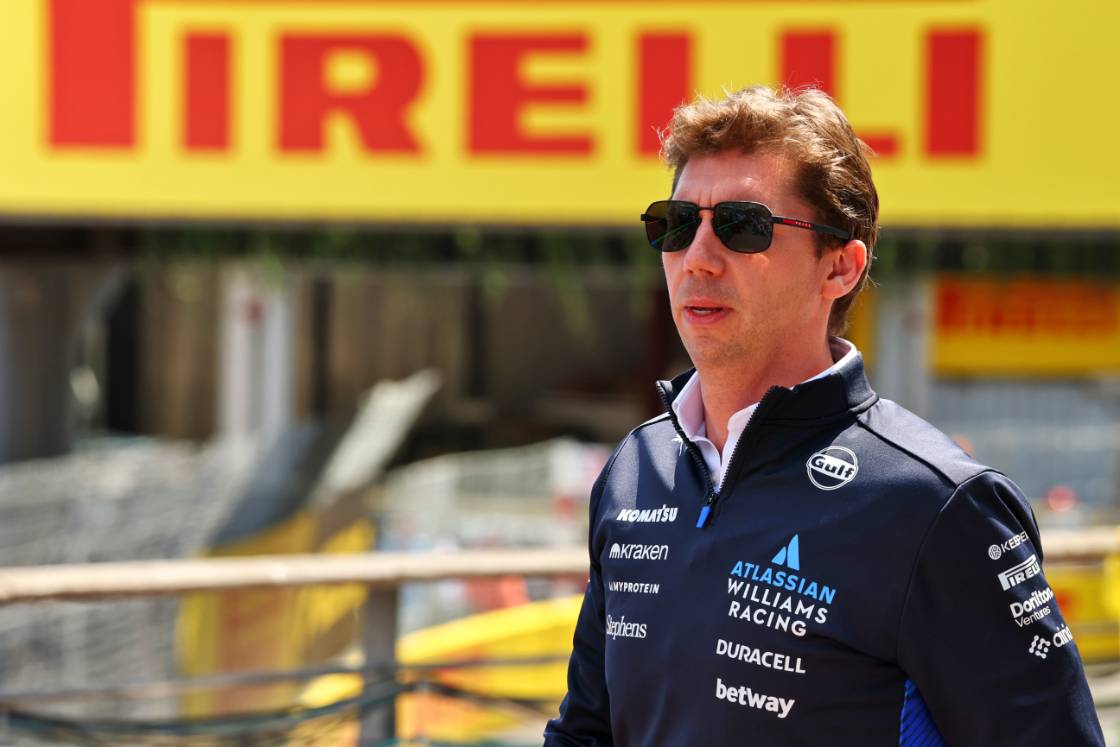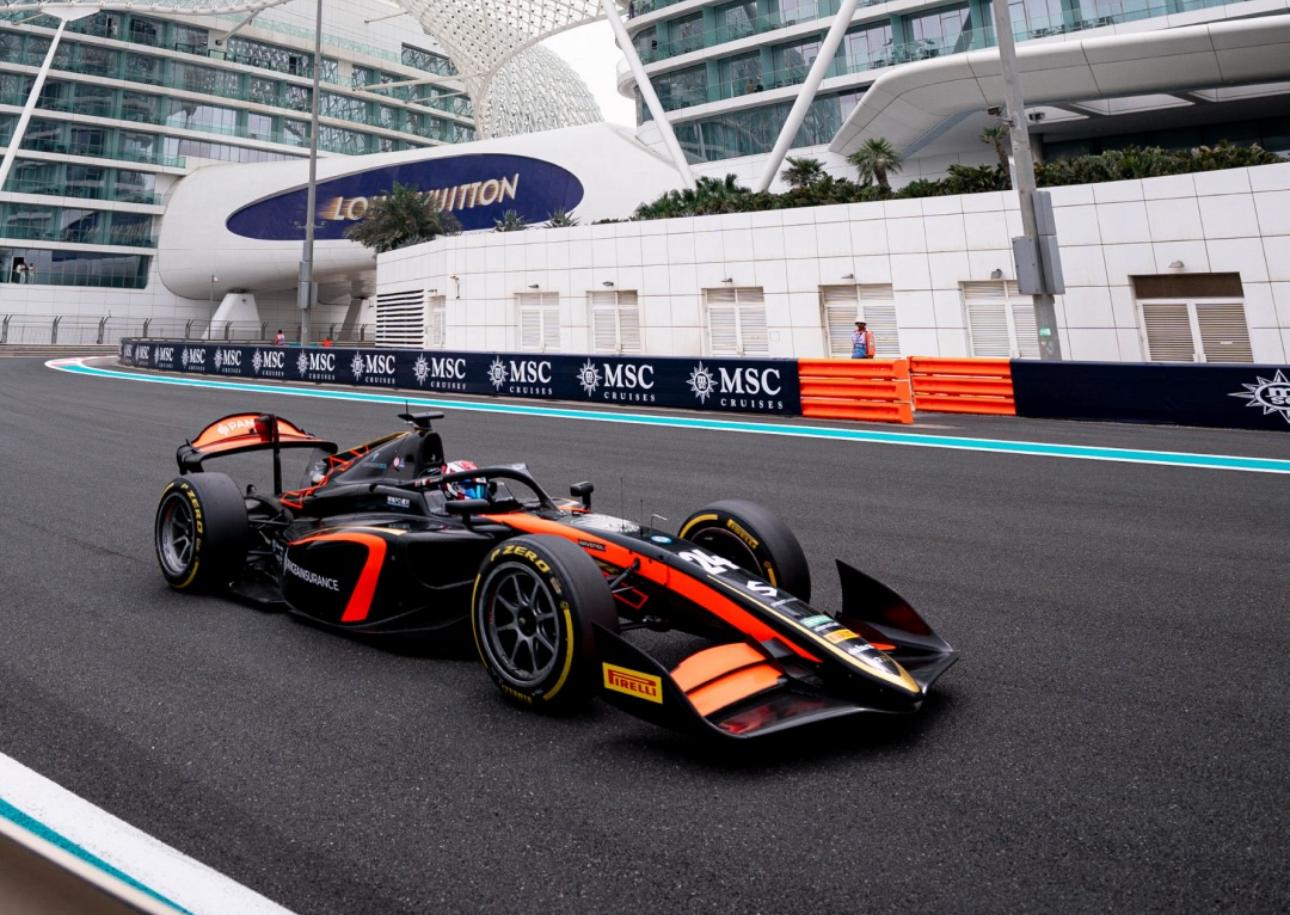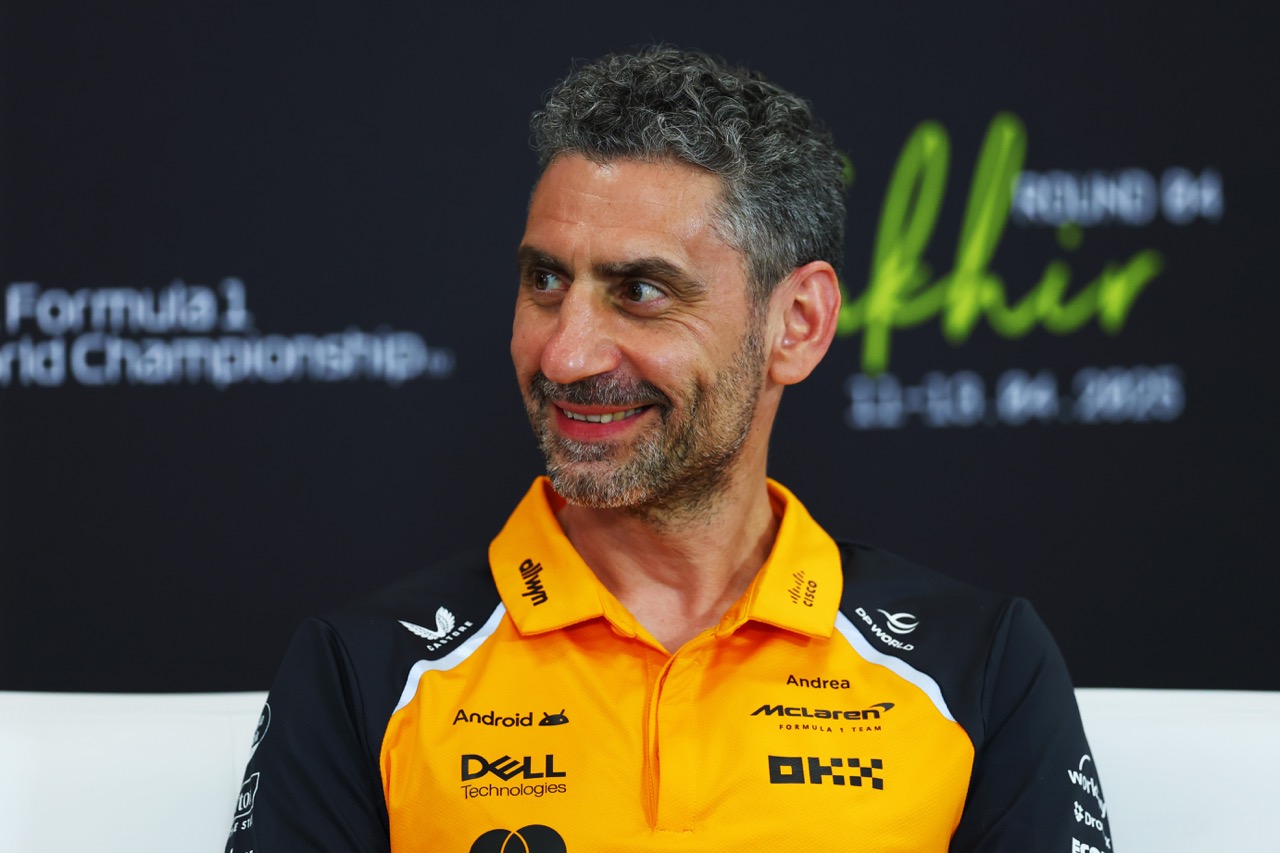After enduring a difficult weekend in Spielberg, team principal James Vowles addressed the reasons behind their double retirement in Austria ahead of the F1 British GP. With both Carlos Sainz and Alex Albon retiring from the race due to separate issues, the Grove-based team have recently faced a tough run of races—having only scored one point since Barcelona thanks to Sainz’s P10 finish in Canada. Meanwhile, Albon has yet to complete his first full race distance since Monaco, having retired from the last three races.
Heading into the British GP, Vowles and Williams expect to have a competitive weekend. However, as expected after a disastrous weekend, the 46 year-old addressed concerns related to both drivers’ issues in Austria in his weekly race debriefs.
Sainz’s issues were related to brake pressures
Initially, Sainz struggled to get off the line. But eventually, the Spaniard was able to make his way around to complete the formation lap before returning to the pit lane. After parking his car at the end of the pit lane, clouds of smoke emerged from the rear brake-ducts of his car, ultimately forcing him to retire from the race.
Vowles explained that Sainz’s issues had begun as the Spaniard headed to the grid. Although a reset on the grid eventually released the initial pressure that his rear brakes were suffering from, Vowles admitted that the team made several other changes during the process—some of which may have negatively impacted the car.
“In terms of Carlos, when he was on the grid and went to leave the grid, he found that the car wouldn’t move and what we saw was that the rear brake circuit was effectively engaged.
“He was holding rear brake pressure, large rear brake pressure. A reset eventually fixed that but in that process, we did a number of other changes and I think some have been negative overall.”
Overheating brakes triggered official retirement
Vowles had explained that Sainz was braking extremely hard in order to make up time returning to the pit lane, which eventually caused them to heat up significantly. He stated that the situation was indeed “rare” and most definitely unfortunate. Vowles explained that the root to the issue was a hardware fault that allowed rear brake pressure to remain engaged—a rare situation tied to specific grid procedures. The team has since identified and resolved the issue in order to prevent it from happening again.
Vowles said: “With Carlos, he thought he had to make up time to get back in the pit lane so we could start the race and he was actually pushing the brakes awfully hard and they were ramping up in temperature quite significantly and you saw the effect of that as he came back in.
“Now, it’s a number of faults here really. First and foremost, we had a fundamental hardware fault that meant that the rear pressure could be held on. It’s a very unique circumstance of being on the grid, holding pressure during certain procedures but irrespective, it’s been found, captured and that won’t ever happen again.”
Team took responsibility for how Sainz’s issue was handled
Vowles admitted the team could have communicated the situation to Sainz better. However, as a team, Vowles and Williams took responsibility for the issues whilst he emphasised that this was a learning situation to help prepare them for similar high-pressured situations in the future.
Vowles said: “Even beyond there though, I feel that how we worked with Carlos and our communication, we need to step up because we could have helped him come back to the pit lane, reset the problem and still be in the race.
“Now, that’s on us to make sure we work on as a result of it. Clearly, it’s always a stressful situation where you have an unknown fault and problem but I always like to reflect on what could have been and how do we apply that learning through absolutely everything else we do and in this circumstance, there’s absolutely learning that we could have gone back and used and we can use in our future.”
Albon forced to retire after car cooling issues
The Thai driver’s race had initially started off well, as he comfortably ran in the Top 10 and looked to be heading for 6th, or potentially even P5. However, it had all gone downhill after the pitstop as the team noticed a sudden spike in temperatures in Albon’s car. Vowles clarified that nothing had failed on the car—just an unfortunate situation that saw an unexpected rise in temperature. The situation was nothing more.
“In terms of Alex, everything was looking good. You could see the car performance was good. We went for a pit stop, then post-pit stop, what we could see is we were just starting to get into an issue with car cooling.
“Now, it’s not a situation of something failing within the car. It’s not that the bodywork was too closed, which is how you adapt to that. It was simply a large step up in about 20 seconds and we had to retire the car to protect the PU.”
Team have been deep-diving into issues to gain full understanding
Ultimately, the decision to retire Albon’s car from the race was to prioritise saving his power-unit. Vowles acknowledged the disappointment, especially since the car had the pace to fight for points and as it marked his third consecutive retirement. Vowles confirmed that saving the power-unit will be essential for them later this year, though they continue to diagnose the underlying cause of the issue.
“That’s the PU we’ll be using later on in the year. Now, exactly why is still being diagnosed and to be understood? That’s disappointing because it’s obviously a complex system and one we’ve been tuning across for a period of time but disappointing only as much as there was a lot of potential to score great points on Sunday.”
Furthermore, Vowles assured the team’s efforts in carefully investigating the problem, avoiding rushed conclusions to ensure they fully understand its root cause.
“The way we work through all of these problems is diligently getting to the root cause, not jumping to conclusions but making sure we dig deep enough to actually completely understand the full scope of the problem and some of them just take a little bit longer than others.”
More work needed to fully resolve all issues
The 46-year-old expressed confidence in the team that the brake issues have been resolved. But, acknowledged that continuous work on the cooling system is still ongoing. Vowles confirmed that the team will implement change ahead of the British GP and continue making improvements to prevent similar problems in the future.
“In terms of the brakes, I’m confident that that’s behind us. In terms of the cooling system, there’s still more work to be done. Very complex part of the car and there are changes that we’ll be carrying out in just a matter of days before we go around at Silverstone and more changes that will then be in effect from then onwards.
“We need to make sure that we effectively adapt very quickly so this never happens again.”





